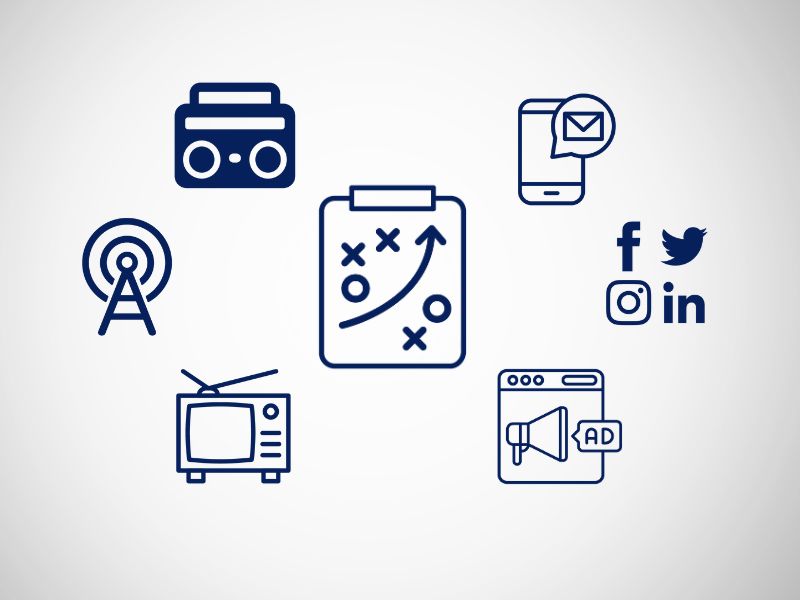
Consumer Behaviors Are Changing

Through the entirety of the COVID-19 global pandemic, companies have stressed what they’re doing in order to combat the spread of the virus and showcase what they’re doing as a brand to help out. But what about the consumer? Surely by the end of all this, the average consumer will have come out the other side with a different perspective on this situation and/or the buying experiences they go through. The social team at Brandience has been compiling research from a few publications such as Hootsuite, Yext, and Adweek to help gain a better understanding of consumer attitudes and insights during this crisis and beyond. Here’s some of what we found:
- 76% of social media users say they’ve increased their social media usage since COVID-19
- There’s been more than a 70% increase in the number of Facebook Video Calls and WhatsApp
- The customer purchase journey is rapidly changing; focus has largely shifted to digital ads/buying experience
- Social media now acts as a one-stop-shop for the customer experience – it’s the quickest way to answer specific questions, stay in contact with customers/users and measure successes
Even with many businesses starting to open back up, there’s a very real possibility that some of these shifts in consumer habits might stick around for a while. So what does all this mean for brands on social media and where do brands go from here?
Communication between customers and brands is more important now than ever, and social media is the perfect place to stay ahead of the curve and build relationships.
- Start with what you know about your brand on social – are there FAQs you can already answer for your audience? Are locations temporarily closed? Did your business move exclusively to drive/carryout/delivery only?
- Listen to your audience and seek out trends. Social media listening reveals customer questions, complaints and other data that help businesses make smarter, data-driven decisions
- Distribute across channels – consider how to answer customer questions proactively. Detailed questions from customers vary greatly on social media. It’s important to remain as responsive as possible on social media to anticipate customer needs.
COVID-19 is forcing change for both businesses and the consumer. Remaining proactive on social media allows you to recognize real-time trends straight from the source and make well-informed business decisions based on your findings. This social media bubble presents brands with a unique opportunity to build stronger relationships with customers through transparency, trust and two-way conversations. Now more than ever, customers care about what a company stands for, and a business can use social media to establish just that.



.jpg)
